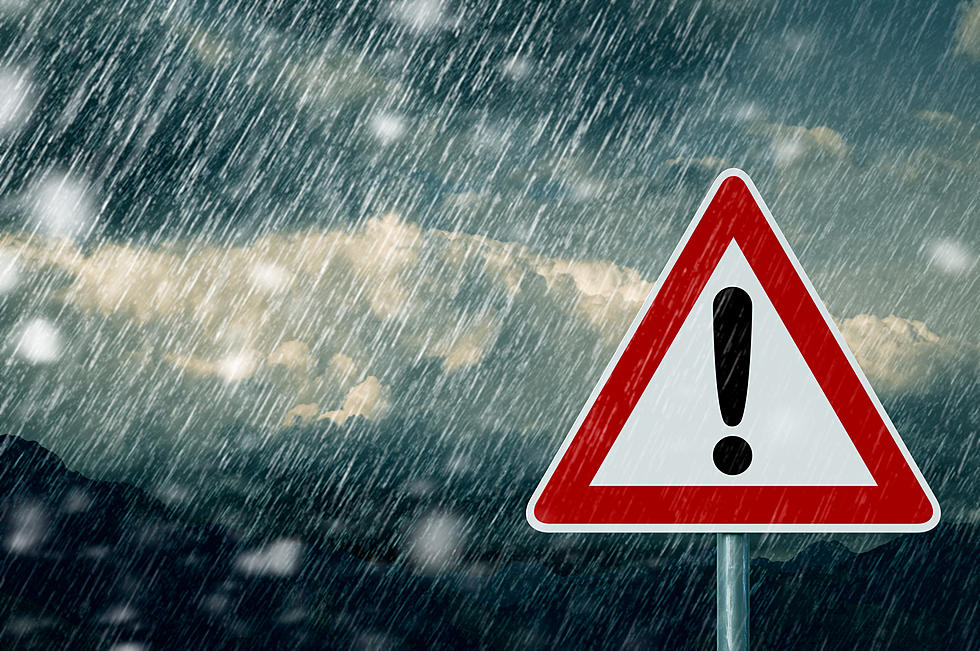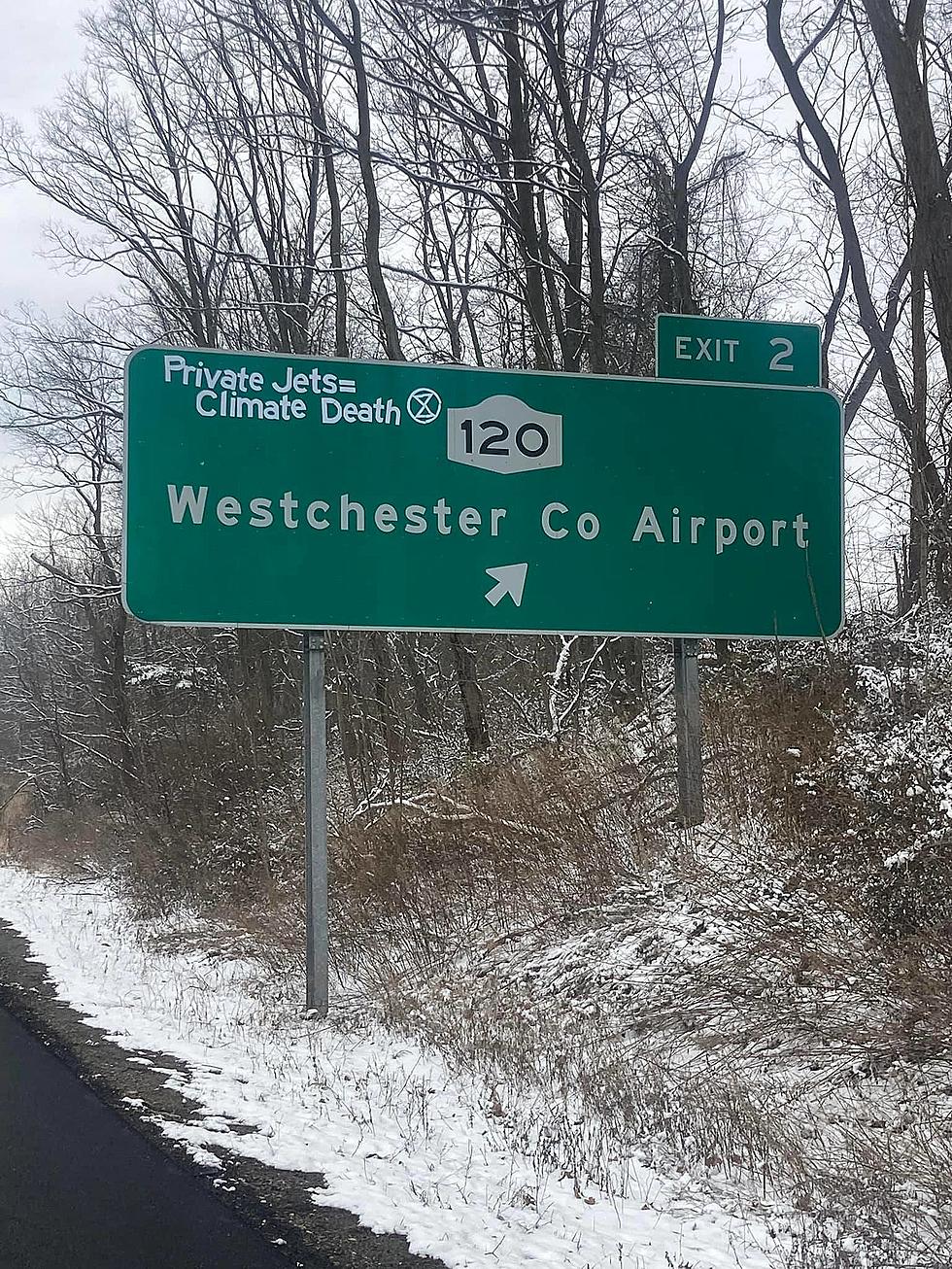
Damaging Winds Could Affect Parts of the Hudson Valley
While the Hudson Valley has enjoyed far above average temperatures Thursday, a cold front will approach bringing rain and gusty winds by evening. Hudson Valley Weather says some of the wind gusts could exceed 55 mph by Thursday evening, with even stronger gusts towards the coast. Strong winds could bring down tree limbs and could knock out power to an area that already saw widespread outages after the recent ice storm.
The National Weather Service has issued a Wind Advisory from 10 PM Thursday until 9 AM Friday. HVW says that the strongest winds and rain are expected between 12 AM and 6 AM. Winds over 60 mph are forecast for areas near New York City, Long Island, and coastal New England.
Temperatures could reach the low 60s over parts of the Hudson Valley before falling after the front exists the area. Highs Friday will stay in the 40s, though don't expect the bitterly cold Arctic air we experienced a week ago. Temperatures for the weekend are expected to remain around normal, as highs will stay in the mid-30s, to near 40.
As we look ahead to the rest of the winter and early spring, what are the long-range forecasts saying? Could the area even see snowstorms well into March and April? AccuWeather has just released its spring forecast for the Hudson Valley and northeast.
While it took a while for the winter chill to finally settle in across the Hudson Valley, AccuWeather Senior Meteorologist Paul Pastelok says that colder than normal weather may linger well into the spring months. And while it won't be anything like what we're experiencing now, Pastelok says that the potential is there for frost and freezes weeks later than normal, which could affect crops. The prediction calls for a longer spell of colder than normal air, which could bring with it "plowable snow" to the northeast into March, and possibly April.
TIPS: Here's how you can prepare for power outages
LOOK: The most expensive weather and climate disasters in recent decades
More From Hudson Valley Post









